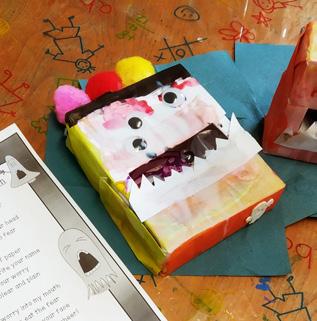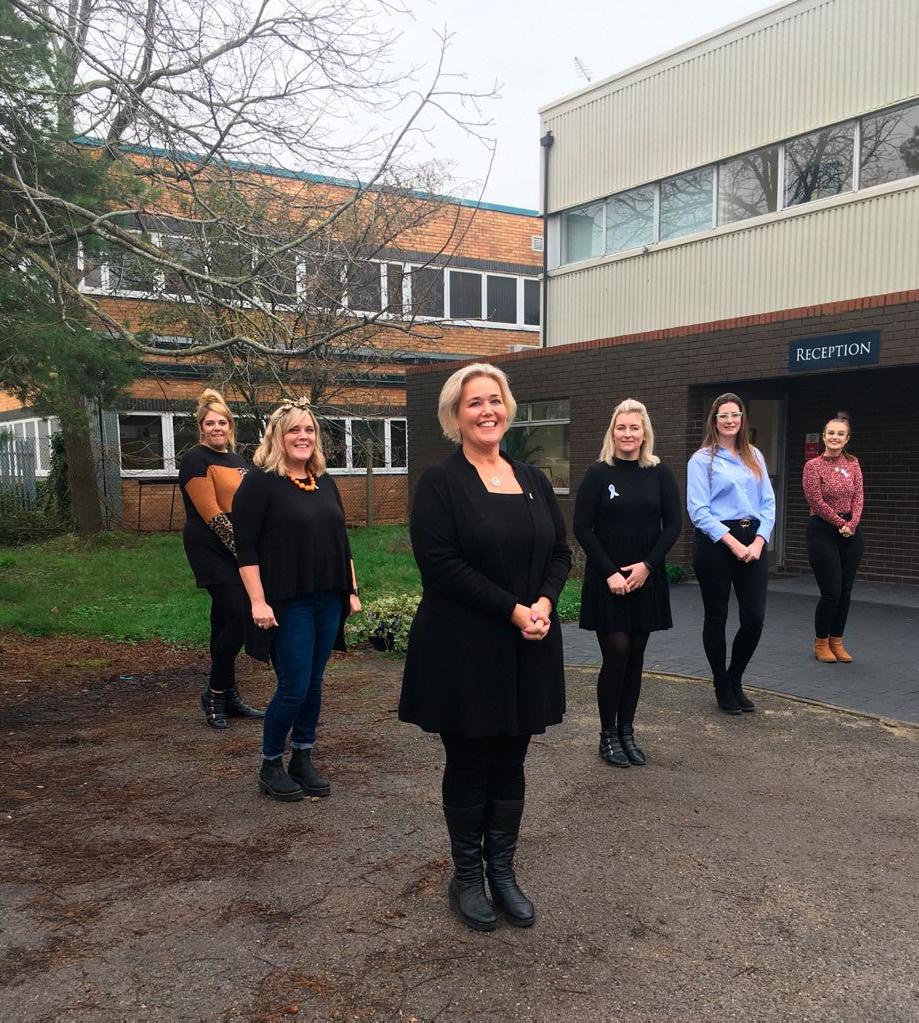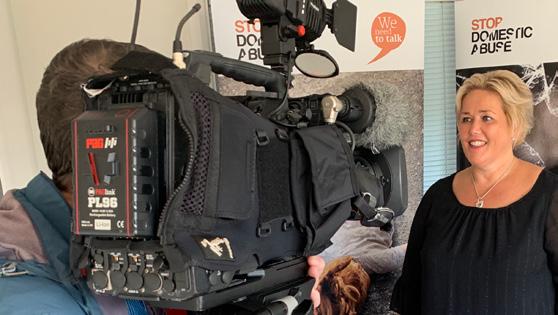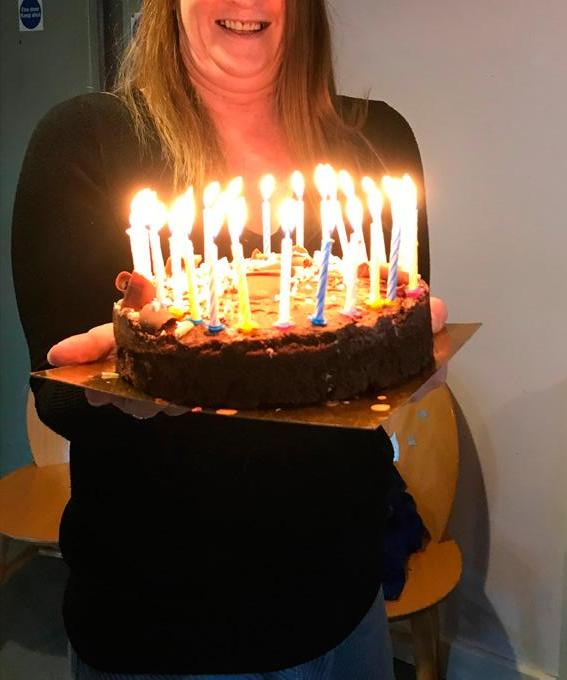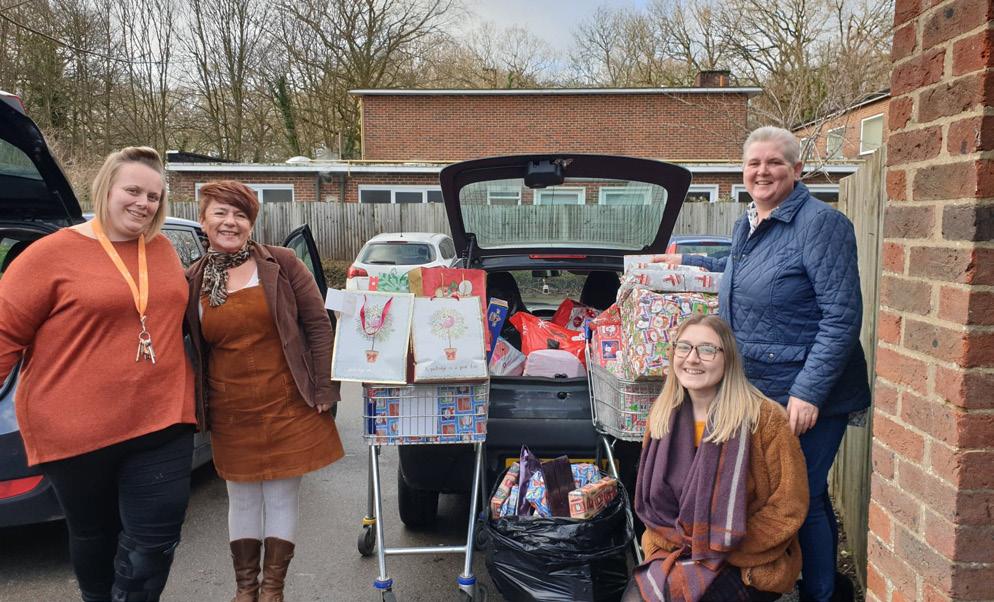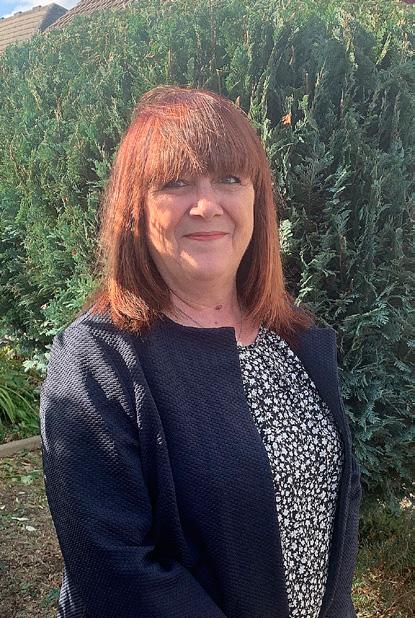Domestic abuse is a one-off act – or a series or pattern of acts – of controlling, coercive, threatening, degrading and violent behaviour. It includes sexual abuse, economic abuse and psychological, emotional or other abuse. The Domestic Abuse Bill currently passing through parliament will give the UK its first statutory definition of domestic abuse, which will include both parties being 16 or older and ‘connected’ either through an intimate relationship or being related to one another. Domestic abuse usually happens within the home. Most commonly perpetrators are partners or ex-partners. However, in some cases a family member or a carer can be a perpetrator. Gender and domestic abuse Domestic abuse is a crime rooted in the inequalities between men and women and, therefore, disproportionately affects women.
Abuse is directed ‘against a woman because she is a woman’ (United Nations, 1992). However, anyone can still experience domestic abuse regardless of their gender identity, ethnicity, ability, age, class, race or religion. Some victims who have experienced other forms of oppression and discrimination are faced with further barriers to disclosing the abuse, accessing support and finding help. Types of abuse • Coercive control – domestic abuse is not always physical. Controlling behaviour seeks to isolate, exploit, and deprive victims of their independence and regulate their everyday behaviour • Psychological and/or emotional abuse • Physical abuse • Sexual abuse • Financial or economic abuse • Harassment and stalking • Online or digital abuse
Two million adults in England and Wales experience domestic abuse each year More than 1 in 4 women aged 16 to 59 have experienced domestic abuse An estimated 160,000 children in England live in homes where they witness domestic abuse 82% of women who experience abuse by their partner don’t report it to police 1.3 million women and 695,000 men in England and Wales experienced domestic abuse in the year to March 2018
Annual report 2020
#stopdomesticabuse
@Southerndas
PAGE 11
Young women aged 16-19 face the greatest risk of abuse in their intimate relationships

